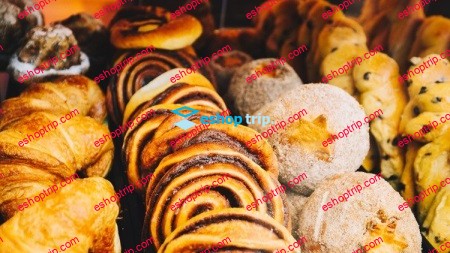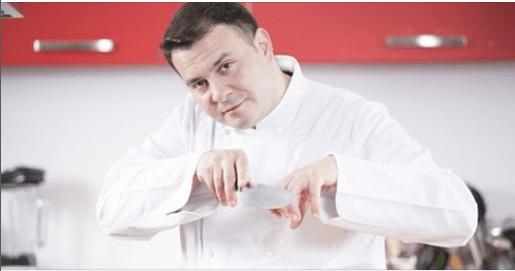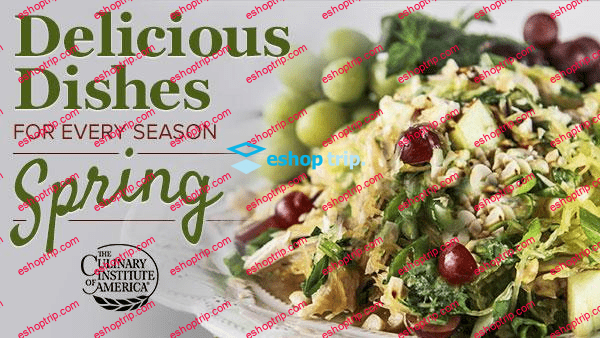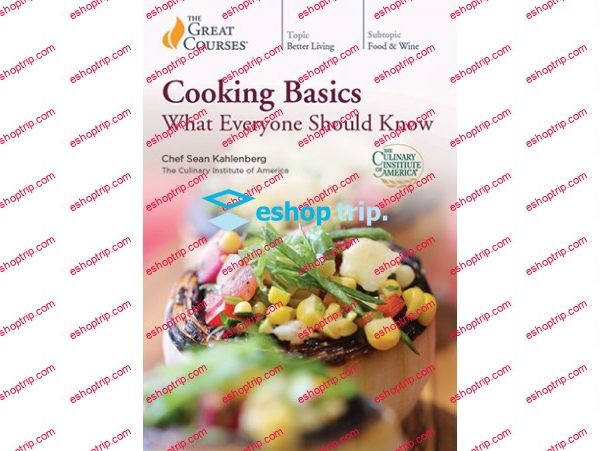Genre: eLearning | Language: English + .srt | Duration: 10 lectures (40m) | Size: 870 MB
-https://eshoptrip.com
How to make Pastry cream: secrets and tips.
Secrets of Pastry Cream & Baking most common Pastry desserts like Croissants Pain au chocolat, Schneck & Buns
Pain au chocolat Dough: baking 3 pastry desserts (Pain au chocolat, Croissant, Schneck).
Bun Dough: baking 2 pastry desserts (Burger and cream bun, chocolate bun).
Be able to knead manually.
Who is this Class For?
– Anyone interested in Baking Pastry desserts!
What we will Learn?
– How to make the pastry cream: secrets and tips
– Pain au chocolat dough and baking 3 pastry desserts with it (pain au chocolat, Croissant & Schneck)!
– Bun dough and baking 2 Pastry desserts with it ( Burger and cream buns & Chocolat buns)!
Let’s bake together and make lovely Pastry desserts! Enroll now!
(Facebook group Cookin’s love – Group of cooking lovers)
-BONUS-
Here are extra history Infos for baking Pastry desserts in this course if you’re interested in it!
Baking is a method of preparing food and dessert that uses dry heat, normally in an oven, but can also be done in hot ashes, or on hot stones. The most common baked item is bread but many other types of foods are baked. Heat is gradually transferred “from the surface of cakes, cookies, and breads to their center. As heat travels through, it transforms batters and doughs into baked goods and more with a firm dry crust and a softer center”. Baking can be combined with grilling to produce a hybrid barbecue variant by using both methods simultaneously, or one after the other. Baking is related to barbecuing because the concept of the masonry oven is similar to that of a smoke pit.
Because of historical social and familial roles, baking has traditionally been performed at home by women for day-to-day meals and by men in bakeries and restaurants for local consumption. When production was industrialized, baking was automated by machines in large factories. The art of baking remains a fundamental skill and is important for nutrition, as baked goods, especially breads, are a common and important food, both from an economic and cultural point of view. A person who prepares baked goods as a profession is called a baker.
History of Baking Pastry Desserts:
Pain au chocolat literally chocolate bread; also known as chocolatine in the south-west part of France and in Canada, is a type of viennoiserie or pastry dessert roll consisting of a cuboid-shaped piece of yeast-leavened laminated dough, similar in texture to a puff pastry, with one or two pieces of dark chocolate in the center.
Pain au chocolat is a pastry dessert made of the same layered doughs as a croissant. Often sold still hot or warm from the oven, they are commonly sold alongside croissants in French bakeries and supermarkets.
In France, the name of the pains au chocolat pastry varies by regions :
· In the Hauts-de-France and in Alsace, the words “petit pain au chocolat” or “petit pain” are used.
· In central France and in Paris, the words “pain au chocolat” are used.
· In South-West France (Nouvelle-Aquitaine, Occitanie) and in Canada, the word “chocolatine” is used.
In Belgium, the words “couque au chocolat” are also used.
Chocolatine desserts are often sold in packages at supermarkets and convenience stores or made fresh in pastry shops.
· In Lebanon, Tunisia, Algeria, Morocco, the Netherlands, Belgium, Norway, Ireland, Denmark, and the United Kingdom, they are sold in most bakeries, supermarkets, and cafés as the most popular Pastry dessert for breakfast.
· In Germany, they are sold less frequently than chocolate croissants pastry, but both are referred to as “Schokoladencroissant”.
· In the United States and often Canada, Chocolatine desserts are commonly known as “chocolate croissants”.
· In Belgium’s Flanders region, they are sold in most bakeries, and referred to as “chocoladekoek” or “chocoladebroodje”.
· In Portugal and Spain, these pastry desserts are sold in bakeries and supermarkets, as napolitanas (i.e., from Naples).
· In Mexico, they are also most commonly found in bakeries and supermarkets and are known as chocolatines.
· In El Salvador and Brazil, they are referred to as “croissant de chocolate”.
· In Australia and New Zealand, they are commonly referred to as “chocolate croissants”, and are sold freshly baked in most bakeries and supermarkets.
Croissant is a buttery, flaky, Baking viennoiserie pastry of Austrian origin, named for its historical crescent shape. Croissants and other pastry desserts are made of a layered yeast-leavened dough. The dough is layered with butter, rolled and folded several s in succession, then rolled into a sheet, in a technique called laminating. The process results in a layered, flaky texture, similar to a puff pastry.
Crescent-shaped breads have been made since the Renaissance and crescent-shaped pastry cakes possibly since antiquity. Croissants have long been a staple of Austrian and French bakeries and pâtisseries. In the late 1970s, the development of factory-made, frozen, pre-formed but unbaked dough pastry made them into a fast food which can be freshly baked by unskilled labor. The croissant bakery, notably the La Croissanterie chain, was explicitly a French response to American-style pastry fast food, and as of 2008 30-40% of the croissants sold in French bakeries and patisseries were baked from frozen dough.
Schneck or escargot is a spiral pastry dessert often eaten for breakfast in France. Its names translate as raisin bread and snail, respectively. It is a member of the baking pâtisserie viennoise (Pastry of bakeries) family of baked foods.
In France, it is typically a variant of the croissant or pain au chocolat, made with a leavened butter pastry with raisins added and shaped in a spiral with a crème pâtissière filling. However, in many areas of Northern Europe and North America, it is generally made with sweetened bread dough or brioche dough, rather than pastry. It is often consumed for breakfast as part of a Continental breakfast.
Anyone interested in learning Baking Pastry desserts.











Reviews
There are no reviews yet.